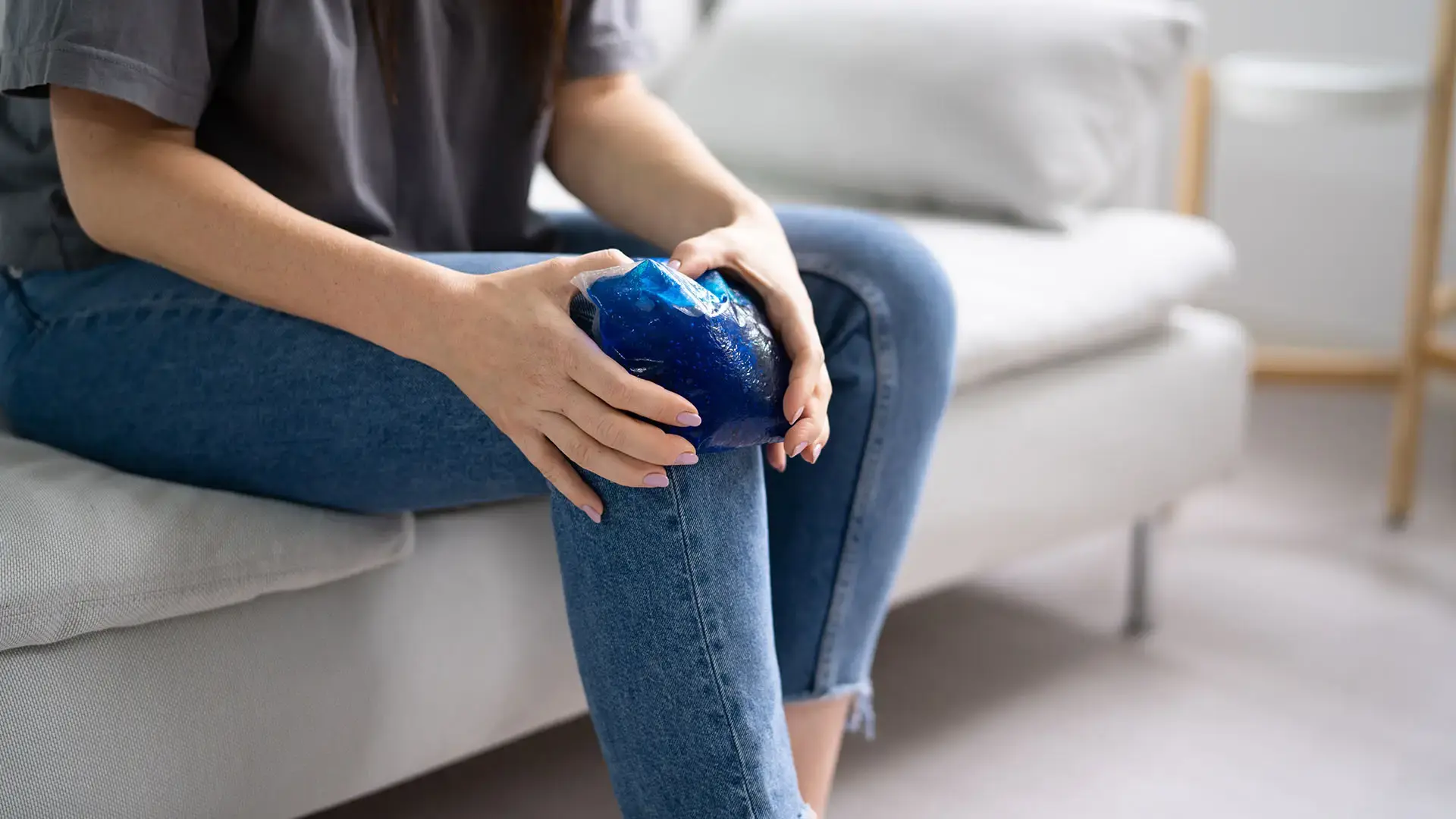How Long Do Regenerative Medicine Injections Last? A Guide to Results and Recovery

When joint or soft-tissue pain doesn’t respond to rest or over-the-counter remedies, regenerative medicine may offer new hope for healing. These advanced, non-surgical solutions use your body’s own cells to repair damaged tissue and reduce pain naturally.
However, one question many patients often ask is: How long will the results last? While every response to pain-relieving injections is unique, understanding what to expect can help you make an informed decision about your care.
Key Takeaways
- PRP therapy results typically last 1-2 years or longer.
- BMAC therapy may provide longer-lasting relief up to several years.
- Longevity depends on factors such as disease severity, age, physical activity level, and adherence to post-treatment care.
What Are Regenerative Medicine Injections?
Regenerative medicine injections are designed to stimulate your body’s natural healing process, rather than providing temporary relief that masks symptoms: They can include:
- Platelet-Rich Plasma: PRP therapy involves concentrating a small sample of your blood to extract platelets, or cells rich in growth factors that accelerate tissue repair.
- Bone Marrow Aspirate Concentrate: BMAC therapy uses regenerative cells from your bone marrow to promote healing in damaged joints, tendons, ligaments, or discs.
- Prolotherapy: This dextrose-based injection triggers an inflammatory response, encouraging tissue regeneration and improved ligamentous stability.
These regenerative treatments are frequently used for osteoarthritis, tendonitis, ligament injuries, spinal pain, and other musculoskeletal conditions.
What to Expect After a Regenerative Injection
Most regenerative procedures are performed in the office and take less than an hour. After your injection, you can expect:
- Increased soreness or stiffness, which is common for the first few days as the body’s inflammatory response initiates healing.
- Activity restrictions, as patients are often advised to modify strenuous activity for a couple of weeks, allowing tissue repair to begin.
- Over-the-counter pain relievers with acetaminophen to manage pain, but anti-inflammatory medications are discouraged, as they can interfere with the body’s healing response.
Most patients begin to notice improvement within six to twelve weeks, with continued gains over the next three to six months as new tissue develops.
How Long Do Non-Surgical Results Typically Last?
The longevity of results varies based on the treatment type and the patient’s condition. You can expect the following timeline for the following non-surgical solutions:
- PRP therapy: Benefits may last one to two years and often longer. Some patients experience extended relief with maintenance injections every one to two years.
- BMAC therapy: Because BMAC delivers a higher concentration of regenerative cells, it often produces longer-lasting effects that last from one to several years.
- Prolotherapy: Results typically last six months to two years, depending on the body’s healing response and the number of sessions completed. Multiple treatment sessions are usually recommended.
Several factors influence how long results last, including:
- Severity of the condition: Advanced arthritis or extensive tissue damage may require additional treatments.
- Age and activity level: Younger, more active patients tend to heal more efficiently; however, patients of any age and activity level are candidates for regenerative therapy.
- Post-treatment care: Following exercise modifications, physical therapy, and avoiding anti-inflammatories can enhance results.
If pain returns, a follow-up evaluation can determine whether a booster injection or a different non-surgical solution may be appropriate.
How to Maximize the Benefits of Regenerative Medicine
To achieve the best possible outcome, patients should:
- Follow the post-procedure instructions closely, including suggested rest periods and activity restrictions.
- Incorporate physical therapy to rebuild strength, balance, and mobility once cleared by your physician.
- Avoid overusing the treated joint or tissue too soon, as this can delay recovery.
Healing takes time, but consistent care and adherence to your recovery plan can lead to stronger, longer-lasting results.
Signs You May Need a Repeat Injection
You may benefit from a follow-up evaluation if you experience:
- Pain that gradually returns or worsens after initial improvement
- Decreased range of motion or new stiffness
- Activity-related flare-ups that limit function
Your physician can determine whether a repeat regenerative injection or another treatment approach may help restore your comfort and mobility.
Are Pain-Relieving Injections Right for You?
Regenerative pain-relieving injections can be an excellent option for patients experiencing chronic joint, tendon, or spine pain who want to avoid surgery and focus on natural tissue healing. However, individuals with complete cartilage loss or severe tendon and ligament tears might be better suited for alternative treatment, including surgery. Our specialists are here to help you find the most appropriate treatment plan for your needs.
Every injection is performed by a board-certified, fellowship-trained physiatrist or pain management specialist. As Top Docs in Phoenix Magazine for 18 consecutive years, our team is trusted by patients and peers alike for compassionate, precision-driven care.
If you’re seeking PRP or BMAC therapy in Arizona or other non-surgical spine and musculoskeletal care solutions, regenerative medicine may help. We invite you to schedule a consultation at one of our six Arizona locations today.



.webp)

